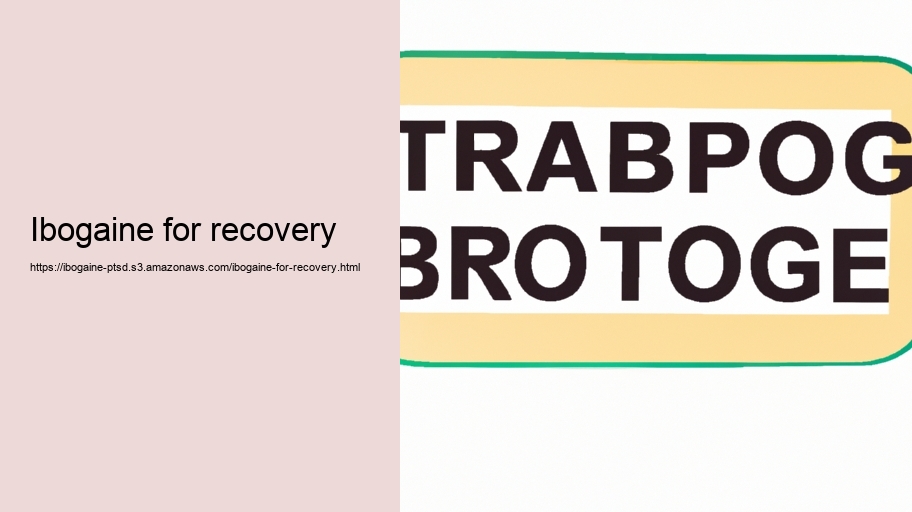Title: Ibogaine for Recovery – A New Horizon in Addiction Treatment
Introduction:
The daunting challenge of addiction recovery has long been a complex issue faced by millions across the globe. Traditional methods have shown varying degrees of success, leaving many to seek alternative therapies. Among these, ibogaine—a naturally occurring psychoactive substance derived from the root bark of the West African shrub Tabernanthe iboga—has emerged as a potential game-changer in the field of addiction treatment.
Understanding Ibogaine:
Ibogaine is unique in its ability to address both physical dependence and psychological aspects of addiction. Unlike conventional treatments that often require ongoing use of replacement drugs or extensive therapy, ibogainetreatment typically involves a single administration that can significantly reduce withdrawal symptoms and cravings. Its psychotropic properties may also induce a profound introspective experience, which could help individuals understand and resolve underlying issues contributing to their addictive behavior.
Mechanism of Action:
The exact mechanism by which ibogaine aids in recovery is not fully understood; however, it is believed to work by resetting neurotransmitter pathways related to addiction within the brain. More specifically, it interacts with several neurotransmitter systems—including serotonin, dopamine, kappa opioid receptors, and NMDA receptors—which play roles in mood regulation and reward circuits affected by substance use disorders.
Efficacy and Research:
Research on ibogaine's effectiveness has been largely limited to observational studies and anecdotal evidence due to its classification as a Schedule I substance in many countries. However, preliminary studies suggest promising outcomes for those struggling with opioid dependency. Patients report diminished withdrawal symptoms post-treatment and decreased cravings for extended periods following therapy.
Safety Considerations:
Ibogaine's legal status as well as concerns about its safety profile have hindered widespread clinical application. The drug can cause significant cardiovascular side effects such as arrhythmias or bradycardia; thus, careful screening for heart conditions is essential before considering treatment. Additionally, because it induces an altered state of consciousness which can be intense and psychologically challenging, support from trained professionals during administration is crucial.
The Legal Landscape:
Despite its potential benefits, ibogainen remains illegal or strictly regulated in several countries including the United States. This has pushed individuals seeking treatment to travel abroad where regulations may be less stringent—an option not viable for everyone due to cost and accessibility issues.
Conclusion:
In conclusion, while traditional addiction treatments remain vital tools within our healthcare systems' arsenal against substance abuse disorders,Iboganine offers a novel approach that merits further investigation given its potential one-time intervention capability. Comprehensive research into safety protocols alongside controlled clinical trials must be prioritized if we are aiming toward integrating this powerful tool into mainstream medicine responsibly. In doing so,Iboganine could unlock new doors for countless individuals battling the relentless cycle of addiction and open up pathways towards healing not just the body but also addressing deeper layers of psychological distress underpinning addictive behaviors.
